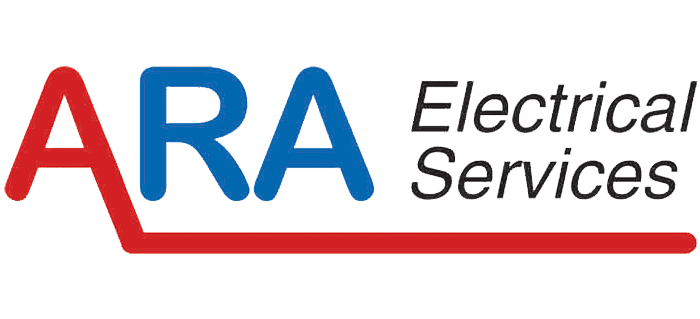Understanding Arc Flash Studies: Importance and Impact on Workplace Safety
Introduction:
In industrial settings, the risk of arc flash incidents poses a significant threat to personnel safety and operational continuity. An arc flash study is a critical tool used to assess and mitigate these risks. In this blog post, we’ll explore what arc flash studies entail, why they are important, and their impact on workplace safety.
What is an Arc Flash Study?
An arc flash study, also known as an arc flash hazard analysis, is a comprehensive assessment conducted to evaluate the potential for arc flash incidents within a facility. Arc flash refers to a sudden release of energy caused by an electrical fault, resulting in an explosive discharge of heat, light, and pressure. These incidents can have devastating consequences, including severe injuries, equipment damage, and even fatalities.
An arc flash study typically involves:
Identification of Electrical Hazards: This includes assessing electrical systems, equipment, and components to identify potential arc flash hazards.
Arc Flash Analysis: Using mathematical models and engineering calculations, the study determines the magnitude of arc flash energy that could be released under various fault conditions.
Incident Energy Analysis: The study quantifies the amount of thermal energy (incident energy) that personnel could be exposed to during an arc flash event, expressed in calories per square centimeter (cal/cm²).
Protective Measures: Based on the analysis findings, recommendations are provided for implementing protective measures such as personal protective equipment (PPE), engineering controls, and administrative procedures to mitigate arc flash risks.
Importance of Arc Flash Studies:
Arc flash studies play a crucial role in ensuring workplace safety and regulatory compliance. Here’s why they are important:
Personnel Safety: The primary objective of arc flash studies is to protect personnel from the potentially catastrophic effects of arc flash incidents. By identifying hazards, assessing risks, and implementing appropriate safeguards, employers can minimize the likelihood of injuries and fatalities resulting from electrical accidents.
Compliance with Regulations: Regulatory bodies such as the Occupational Safety and Health Administration (OSHA) in the United States and Safe Work Australia in Australia mandate employers to provide a safe working environment, including protection against electrical hazards. Arc flash studies help organizations meet these regulatory requirements by demonstrating diligence in hazard identification and risk mitigation.
Equipment Protection: Arc flash incidents can cause extensive damage to electrical equipment, leading to costly repairs, downtime, and production losses. By conducting arc flash studies, organizations can implement preventive measures to safeguard equipment integrity and minimize the risk of asset damage.
Legal Liability: In the event of an arc flash incident resulting in injuries or fatalities, employers may face legal repercussions, including fines, penalties, and lawsuits. Arc flash studies serve as a proactive measure to mitigate legal liability by demonstrating a commitment to workplace safety and due diligence in hazard management.
Impact on Workplace Safety:
The implementation of arc flash studies has a significant impact on workplace safety:
Risk Reduction: By identifying arc flash hazards and implementing recommended control measures, the likelihood and severity of arc flash incidents are substantially reduced, creating a safer working environment for personnel.
Enhanced Awareness: Arc flash studies raise awareness among employees about the risks associated with electrical work and the importance of adhering to safety protocols and procedures. This heightened awareness contributes to a culture of safety within the organization.
Empowered Decision-Making: Armed with the findings of arc flash studies, employers can make informed decisions regarding equipment maintenance, operational procedures, and safety investments to continually improve workplace safety standards.
Conclusion:
Arc flash studies are indispensable tools for protecting personnel, safeguarding equipment, and ensuring regulatory compliance in industrial environments. By conducting thorough assessments, implementing recommended safeguards, and fostering a culture of safety, organizations can mitigate the risks associated with arc flash incidents and create a safer work environment for all stakeholders. Investing in arc flash studies not only protects lives and assets but also reinforces the commitment to workplace safety as a top priority.



